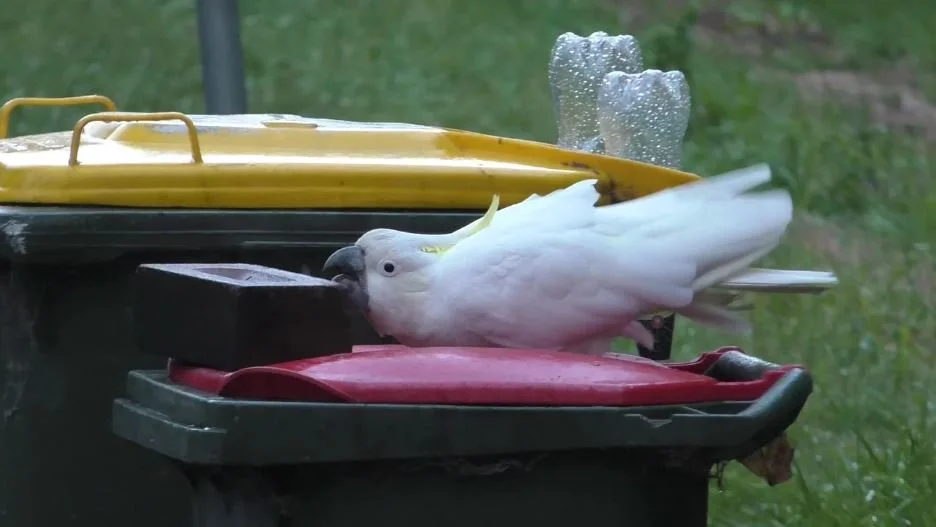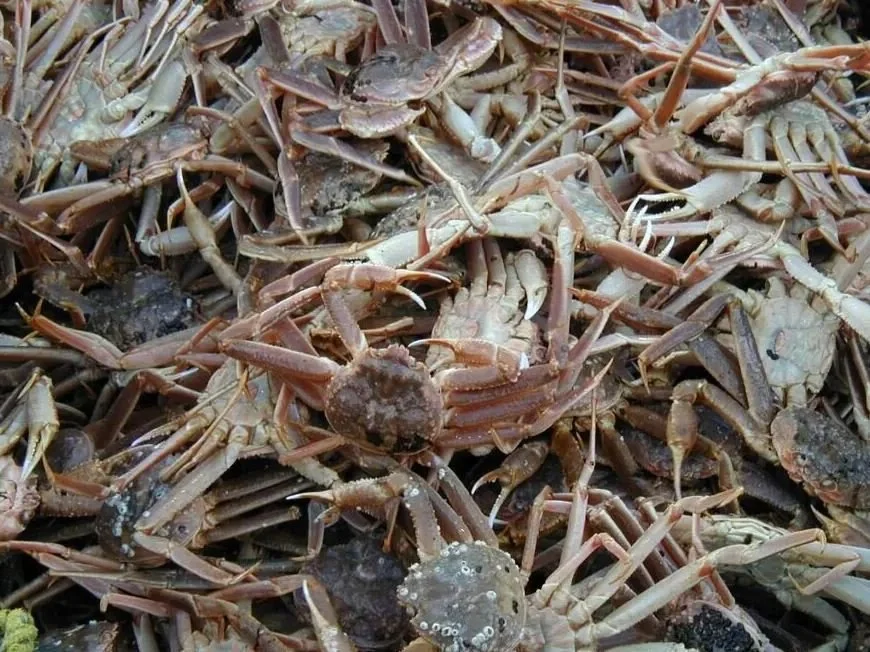Crabs Will Save Us
The rise of the lithium-ion battery has been essential to the tech revolution, as it is a crucial component of smartphones, electrical vehicles, and every electronic gizmo in between. But lithium exacts a harsh price on the environment, from cradle to grave: mining trashes local environments at the point of extraction, and so does disposal of dead batteries when they no longer provide juice. Hardly sustainable.
But what if we could extract a less toxic substance that can do lithium’s job, something plentiful, organic, biodegradable? What if that substance is found in the shell of a crab or lobster? Now a group of engineers at the University of Maryland ask and answer the question in the journal Matter.
The exoskeletons of crabs and other shelled creatures are rich in a number of useful chemicals, among them chitin, “the second-most abundant natural polymer found on Earth,” according to Popular Mechanics. Chitin, and its sister polymer chitosan, have been used to make non toxic plastics for some time.
The Maryland engineers created a working chitin-zinc battery that stores an impressive amount of electrical juice. Impressive enough to lead the scientists to believe that a rechargeable, crab-derived battery could be a viable alternative to lithium-ion.
And then would have a place to throw the six to eight million tons of crab, shrimp, and lobster shells we generate every year at the dinner table. Most of that waste currently gets dumped back into the sea or landfills, but it would be pretty neat if some of it went into Teslas and iPhones instead.
Photo credit: Xuanyu Han / Getty Images







